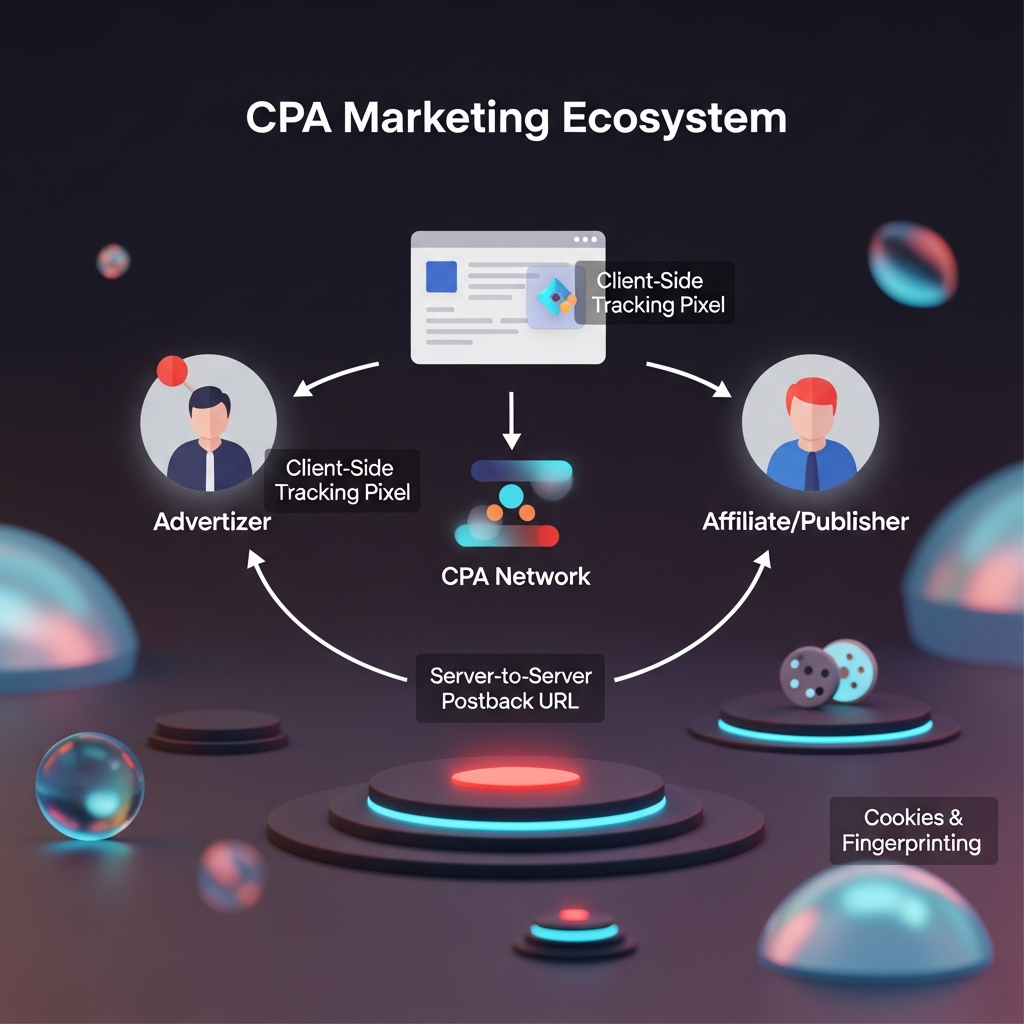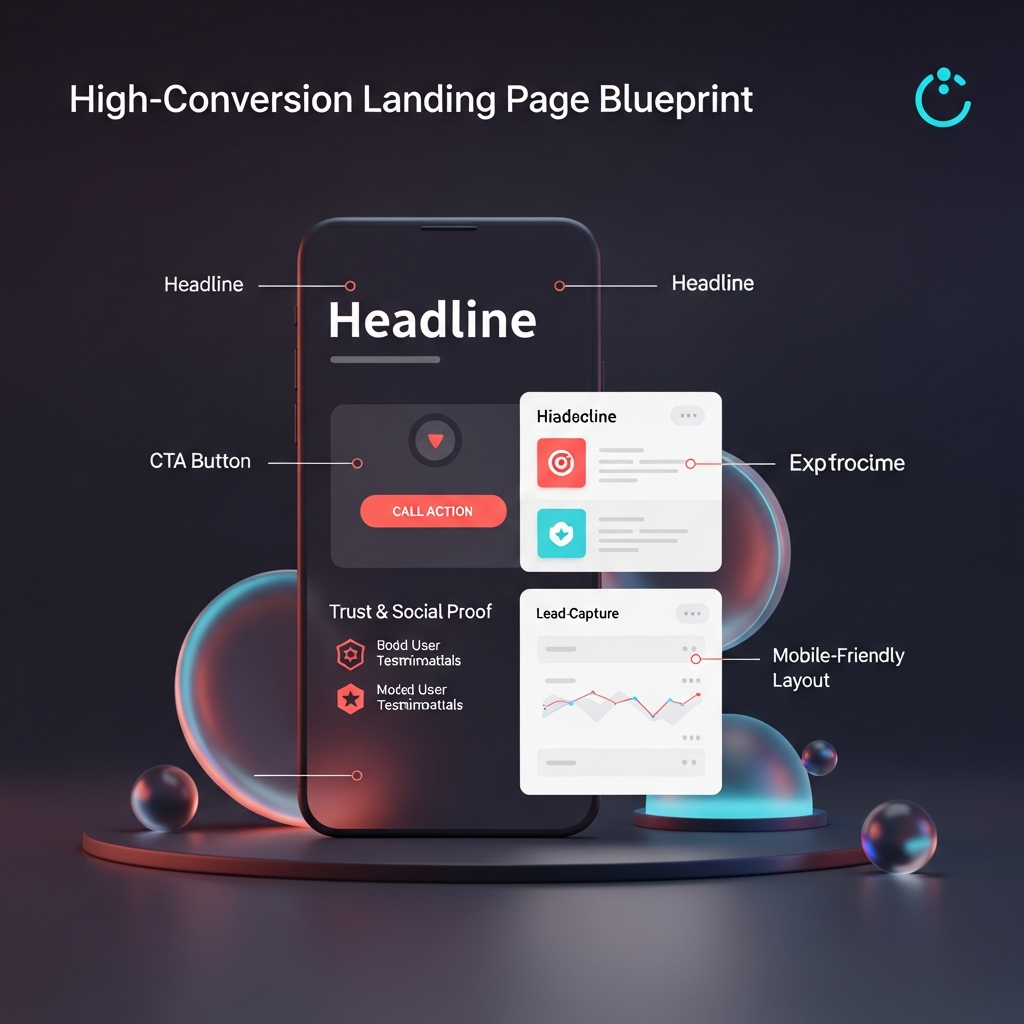CPA Marketing Success: 2024 Cost-Per-Action Profit Blueprint
Stepping into 2024, CPA marketing stands at the crossroads of advanced technology and performance-driven strategy. With advertisers seeking measurable ROI and affiliates hungry for high-value offers, the need for a robust, profit-oriented blueprint has never been more critical. In this post, we’ll dismantle the core components of a winning CPA framework—covering ecosystem roles, tracking methods, and conversion-focused landing pages. Whether you’re a seasoned pro or just diving in, these insights will equip you to optimize campaigns, scale wisely, and unlock sustainable profits in the ever-evolving world of cost-per-action marketing. Let’s dive in.
Understanding the CPA Marketing Ecosystem

The backbone of any successful cost-per-action campaign is a deep understanding of the ecosystem that connects brands to the end user. At its core, CPA marketing hinges on advertisers—brands or businesses—who set measurable objectives, affiliates or publishers who drive targeted traffic, and CPA networks that act as the glue, facilitating transactions and ensuring proper tracking. By clarifying each role’s expectations, financial incentives, and technical requirements, advertisers can forge stronger partnerships, affiliates can select higher-value offers, and networks can deliver quality leads without friction. Let’s break down these dynamics to see how each piece contributes to a profitable CPA machine.
Advertisers and Their Goals
Advertisers enter the CPA space with a clear imperative: to maximize return on ad spend (ROAS) while limiting waste. Unlike traditional display or impression-based campaigns, CPA allows advertisers to pay only when a predefined action—such as a form submission, sale, or app install—occurs. To align campaigns with overarching business objectives, advertisers must carefully calculate their maximum allowable CPA, factoring in product margins, lifetime value (LTV) of customers, and projected conversion rates. Transparent communication with the chosen CPA network regarding payment thresholds, payout schedules, and promotional guidelines ensures that affiliates receive accurate data and are motivated to drive high-quality traffic.
CPA Networks: The Intermediaries
Serving as the crucial intermediary, CPA networks streamline offer distribution, track performance, and handle payments between advertisers and affiliates. Networks provide a centralized dashboard where affiliates can browse available offers, view real-time conversion data, and access promotional materials. Top-tier networks also implement rigorous affiliate vetting processes to reduce fraud, enforce compliance with advertising policies, and offer dedicated account management. Advertisers benefit from network-level optimizations such as traffic capping, geo-targeting filters, and postback integration support, all of which contribute to a cleaner flow of conversions and more accurate attribution.
Affiliates/Publishers: Driving the Traffic
On the affiliate side, marketers leverage an array of channels—paid search, social media ads, email marketing, content blogs, and niche websites—to send targeted visitors to advertiser offers. Successful affiliates match audience intent with the correct CPA offer, continuously split-testing creatives, headlines, and landing pages to maintain a competitive edge. Advanced affiliates use tracking software to granularly segment audiences by geography, device, and behavioral data, then optimize bids and budgets accordingly. By focusing on high-intent traffic sources and avoiding untargeted or incentivized traffic, affiliates can protect advertiser trust and maximize their own commissions.
Tracking Methods and Best Practices
Accurate tracking is the linchpin of any CPA campaign’s success. While client-side tracking pixels—placed on confirmation or thank-you pages—are straightforward to implement, they can be vulnerable to ad blockers or script conflicts. Server-to-server postback URLs offer a more reliable alternative by sending conversion data directly from the advertiser’s server to the network, bypassing client interference. Complementary techniques such as first-party cookies and fingerprinting help persist user identifiers across sessions and devices, improving attribution accuracy. However, modern privacy regulations like GDPR and CCPA demand transparent data handling, explicit user consent, and robust security practices. Establish a clear governance framework to ensure compliance and maintain user trust.
Building a High-Conversion Landing Page Blueprint

Once you’ve secured reliable tracking and a steady stream of quality traffic, the next frontier for boosting CPA profits is your landing page. A high-conversion page removes friction, reinforces brand credibility, and guides visitors toward a single, clear action. By treating your landing page as a purpose-built sales asset—rather than funneling traffic to a generic homepage—you can significantly improve conversion rates and reduce overall acquisition costs. Below, we outline the essential elements of a landing page that converts.
Crafting a Compelling Headline
Your headline is the very first thing a visitor sees and it dictates whether they’ll stay or click away. The most effective headlines address a pain point or desire within three seconds, clearly articulate the unique benefit, and use dynamic keywords that match ad copy. Consider A/B testing multiple headline variations with tools like Google Optimize or Optimizely—small shifts in wording can yield double-digit uplifts in engagement. Personalize the headline where possible, such as including geo-targeted references or user-specific data, to deepen relevance and momentum.
Designing an Irresistible Call to Action
A crystal-clear call to action (CTA) button is your conversion engine. Place the CTA “above the fold,” ensure it contrasts sharply with your color scheme, and use action-driven copy like “Get My Free Quote,” “Start My 7-Day Trial,” or “Claim My Discount.” Limit the number of CTAs per page to minimize decision fatigue—one primary CTA backed by a subtle secondary link (e.g., “Learn More”) is a proven pattern. Additionally, anchor the CTA to social proof by adding micro-copy such as “Join 10,000+ satisfied customers” beneath the button for a powerful psychological nudge.
Incorporating Trust Signals and Social Proof
Trust is non-negotiable in CPA marketing. Whether you’re collecting emails or pushing for a sale, subtle credibility boosters—such as secure checkout badges, SSL seals, or satisfaction guarantees—can dramatically reduce abandonment. User testimonials, star ratings, and case studies showcase real-world results and ease buyer anxiety. If you have notable brand partnerships or media mentions, feature those logos prominently. For deeper engagement, embed short video testimonials or dynamically rotate quotes to keep returning visitors reassured that your offer consistently delivers.
Optimizing Forms for Maximum Conversions
Form fields are conversion chokepoints—every additional input increases friction and dropout risk. Keep forms concise, asking only for essentials like name and email or phone number. If you must collect more data, implement a multi-step form that progressively reveals new fields once initial commitment is made. Progress indicators, inline validation, and auto-fill capabilities boost completion rates. Test form position, field labels, and button text frequently; even repositioning a form from the sidebar to the center column can yield a measurable performance change.
Ensuring Mobile-First Responsiveness
More than half of global web traffic now flows through mobile devices, making mobile-first design a must for any CPA landing page. Use fluid grid layouts, scalable vector graphics, and optimized image compression to ensure swift load times. Buttons and form fields should be generously sized for touch interactions. Test your pages on real devices across various screen dimensions, not just emulators, to catch layout quirks. Prioritize above-the-fold content and defer non-essential scripts to keep the initial render as quick as possible—Google’s Core Web Vitals report can guide specific speed optimizations.
Scaling Your Blueprint Into 2024 and Beyond
With a rock-solid ecosystem understanding and a conversion-optimized landing page in place, it’s time to scale. Gradually increase your ad spend once you’ve identified winning campaign elements, and expand into new geographies or traffic channels. Leverage retargeting lists to re-engage visitors who dropped off before converting, and create lookalike audiences based on your highest-quality leads. Implement automated rules in your ad platforms to pause underperforming ads and boost budgets on top performers. Continuously segment your data, run multivariate tests, and refine your parameter strategies to maintain a competitive edge in 2024’s dynamic landscape.
Conclusion: Your Path to CPA Marketing Profit
CPA marketing success in 2024 requires a harmonious blend of strategic partnerships, iron-clad tracking, and conversion-focused design. By mastering the ecosystem, implementing precise tracking methods, and deploying high-impact landing pages, you’ll craft a profit blueprint that stands the test of time. Remember: continuous testing, data transparency, and agile optimization are your allies in an ever-evolving digital world. Put these principles into action today, and watch your cost-per-action performance soar.









